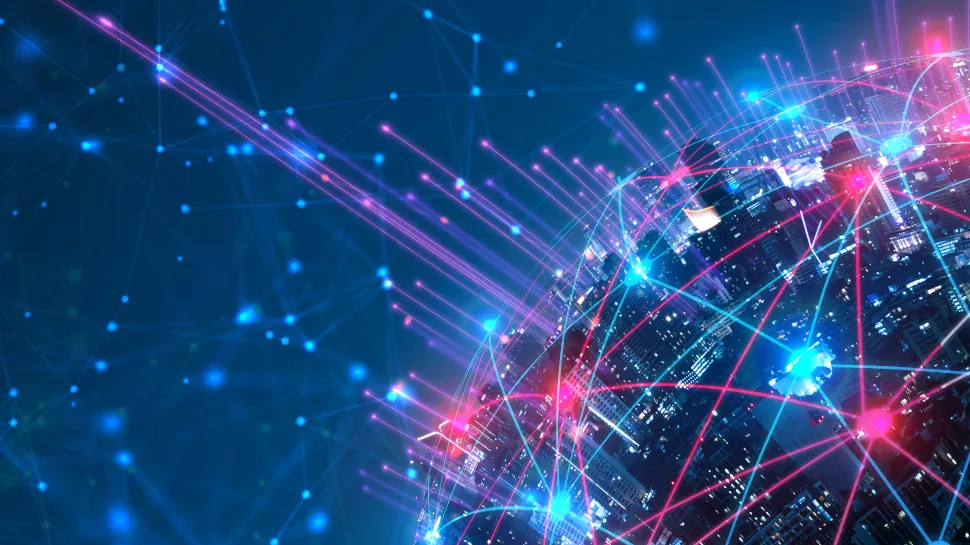For years, the success of a tech conference was measured by a simple checklist: big-name speakers, a packed exhibitor hall, and after-parties with decent WiFi. Attendees would flock in, exchange a flurry of business cards, have dozens of promising conversations, and then... nothing.
The connections would fade, the momentum would stall, and the vibrant community built over three days would dissipate into a few forgotten LinkedIn connections. The event became a moment in time, not a movement.
But a seismic shift is underway. The most forward-thinking event organizers are no longer selling tickets to a physical (or virtual) gathering. They are building ecosystems. And the secret weapon in this new arms race? The transition from a temporary event app to a year-round community platform.
The Glaring Gap in the Event Experience
Think about the traditional event lifecycle:
- Months of Hype: A relentless drumbeat of marketing emails and social posts.
- The Main Event: A frenetic 72 hours of learning, networking, and sensory overload.
- The Cliff: A sudden drop-off. The app notifications stop. The conversations end. The community vanishes.
This model is inherently wasteful. It ignores the immense value of the community it worked so hard and spent so much to assemble. It's like building a magnificent stadium for a single game and then tearing it down immediately after.
The Differentiator: Enhancing Event Experience
The winning events of future won't just host you for a weekend; they will invite you to join a permanent community. The core of that would be to transform the physical event from a passive viewing gallery into a dynamic, personalized, and seamless interactive ecosystem, leveraging smart technology to amplify networking, learning, and discovery.
Smart Badge & App Integration is the solution to eliminate the queues. Personalized NFC/RFID-enabled smart badge linked to a powerful event app will enable a touchless entry through smart gates. It would also be used to secure, cashless payments at all F&B and merchandise outlets.
Instead of raised hands, micro-polling and Q&A sessions would be conducted in real-time through the event app on attendees' phones, with results displayed live on stage.
AR-Enhanced Keynotes-Using the event app as a viewfinder, attendees would point their phone at the stage to see AR graphics, data visualizations, or 3D product models superimposed over the speaker, bringing presentations to life.
Intelligent Networking & Matchmaking the app would send a gentle notification when your are near someone the AI has identified as a high-value connection based on mutual interests and goals mentioned in the app. With Smart Business Card Exchange, a simple tap of two smart badges instantly and securely exchanges digital contact information provided by the person.
Holographic Demonstrations-Key exhibitors would use light-field displays or holographic pods to showcase products in 360, viewable without any AR glasses, creating a "wow" factor and drawing crowds.
The goal is no longer to just fill a venue; it's to nurture a thriving, self-sustaining professional network that bears your event's name. It's a race to provide lasting value, to build genuine communities, and to become an indispensable part of attendees' professional lives, not just their calendars.
The events that will win this race are the ones that understand their app is not just a digital guidebook--it's the foundation of their future.

Comments
Post a Comment